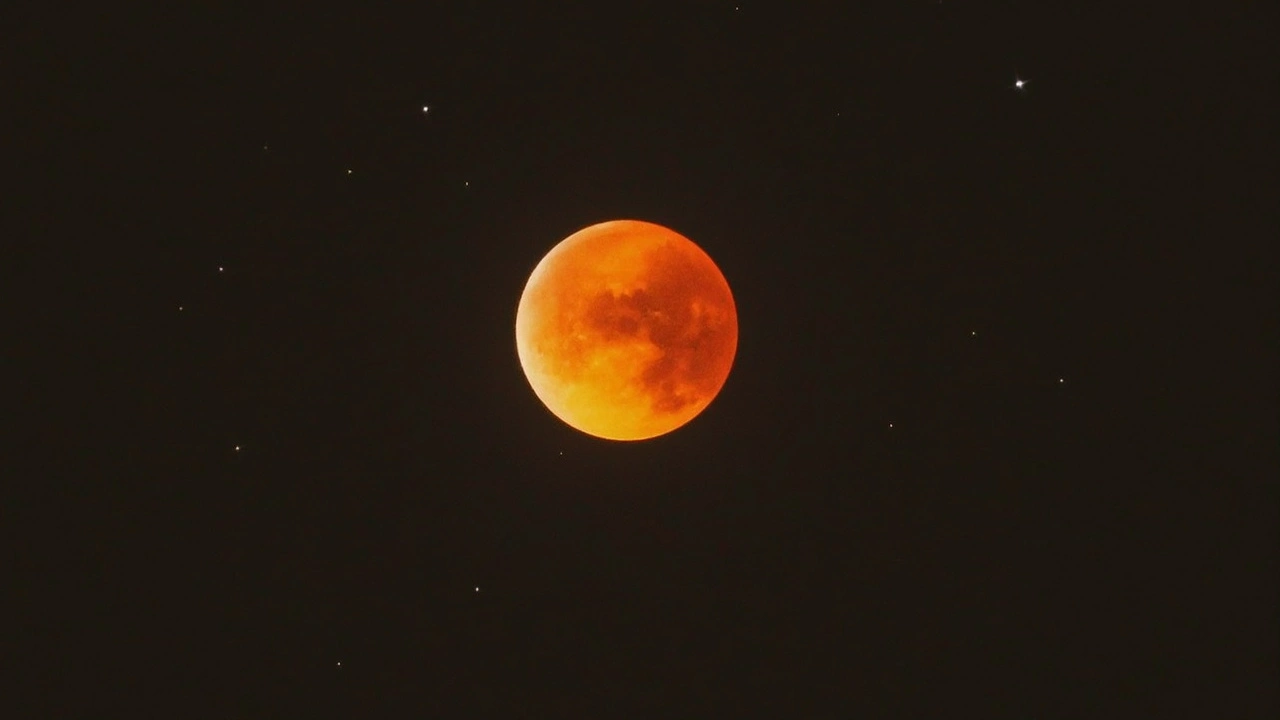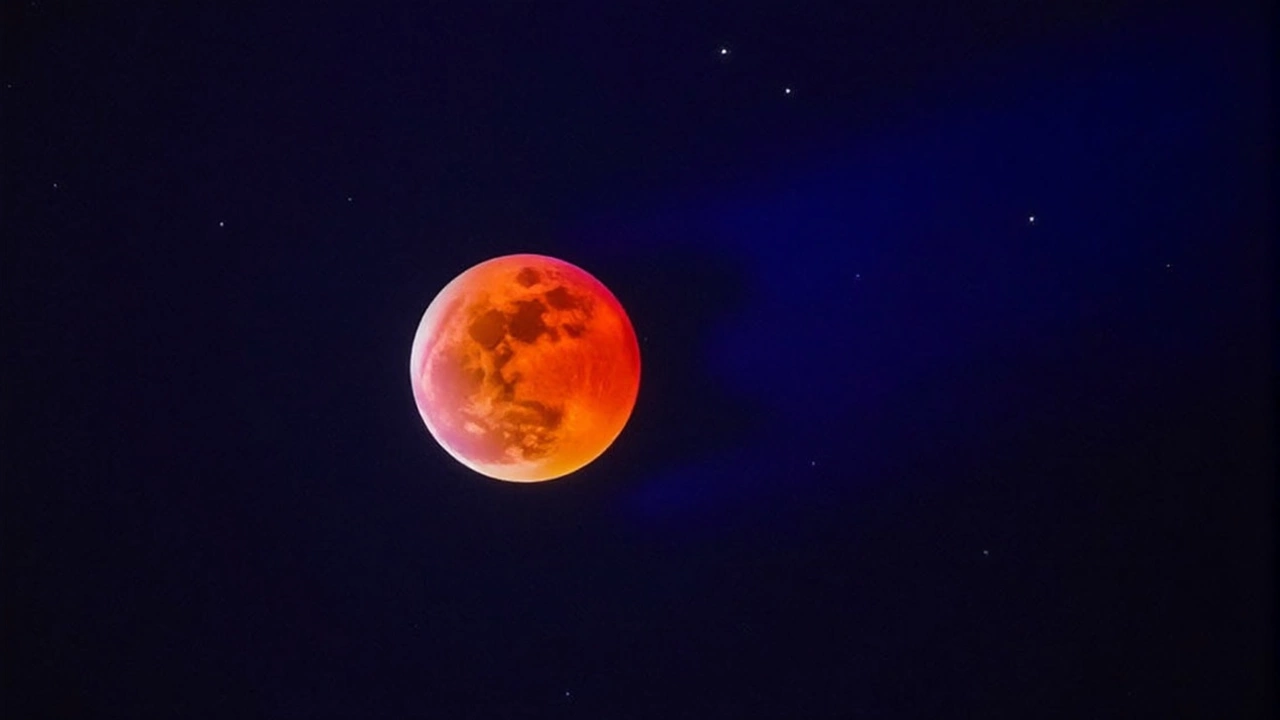Get ready for an astronomical treat in March 2025 with the arrival of a total lunar eclipse, beautifully coinciding with the full moon known as the 'Blood Worm Moon.' This celestial event will light up the skies across North America on March 13th and 14th, offering a striking visual experience as the moon turns a reddish hue.
The moon's dramatic color change is all thanks to Earth's atmosphere. As the moon passes through Earth's shadow, sunlight filters through the atmosphere, scattering and refracting light towards the moon. The result? A moon that glows with a fascinating red tint, an effect tracked by the Danjon scale which rates the eclipse's color and brightness.
The Cultural Significance of the Worm Moon
The March full moon carries various names, often reflecting ancient cultural traditions. Indigenous tribes in the southern U.S. called it the 'Worm Moon,' inspired by earthworms reappearing as the ground thaws with spring. However, it is known by other titles too. Northeastern tribes referred to it as the 'Crow Moon,' while the Mi'kmaq called it the 'Maple Sugar Moon,' each name marking different seasonal and environmental observations.
As for the viewing experience, you're in luck. Regardless of your location in North America, this spectacle requires no special gear. Even urban dwellers concerned about light pollution can join in on the fun – the visibility won't be hindered by city lights.

When and Where to See the Eclipse
The total lunar eclipse will last over an hour, but the timing of totality – the phase where the moon is fully covered by Earth's shadow and shines red – will vary by time zone:
- In Newfoundland, totality spans from 3:56 to 5:01 a.m. ET.
- In the Eastern time zone, look skywards between 2:26 and 3:31 a.m. ET.
- Central observers will catch it from 1:26 to 2:31 a.m. CT.
- Mountain time residents should watch between 12:26 and 1:31 a.m. MT.
- It shines late for those in the Pacific from 11:26 p.m. to 12:31 a.m. PT.
Mark this event on your calendar since it marks the first total lunar eclipse visible from the U.S. since 2022. It's an excellent opportunity to appreciate the wonders of the cosmos, and it might just be the perfect family-friendly night activity to make some celestial memories under the Blood Worm Moon.





